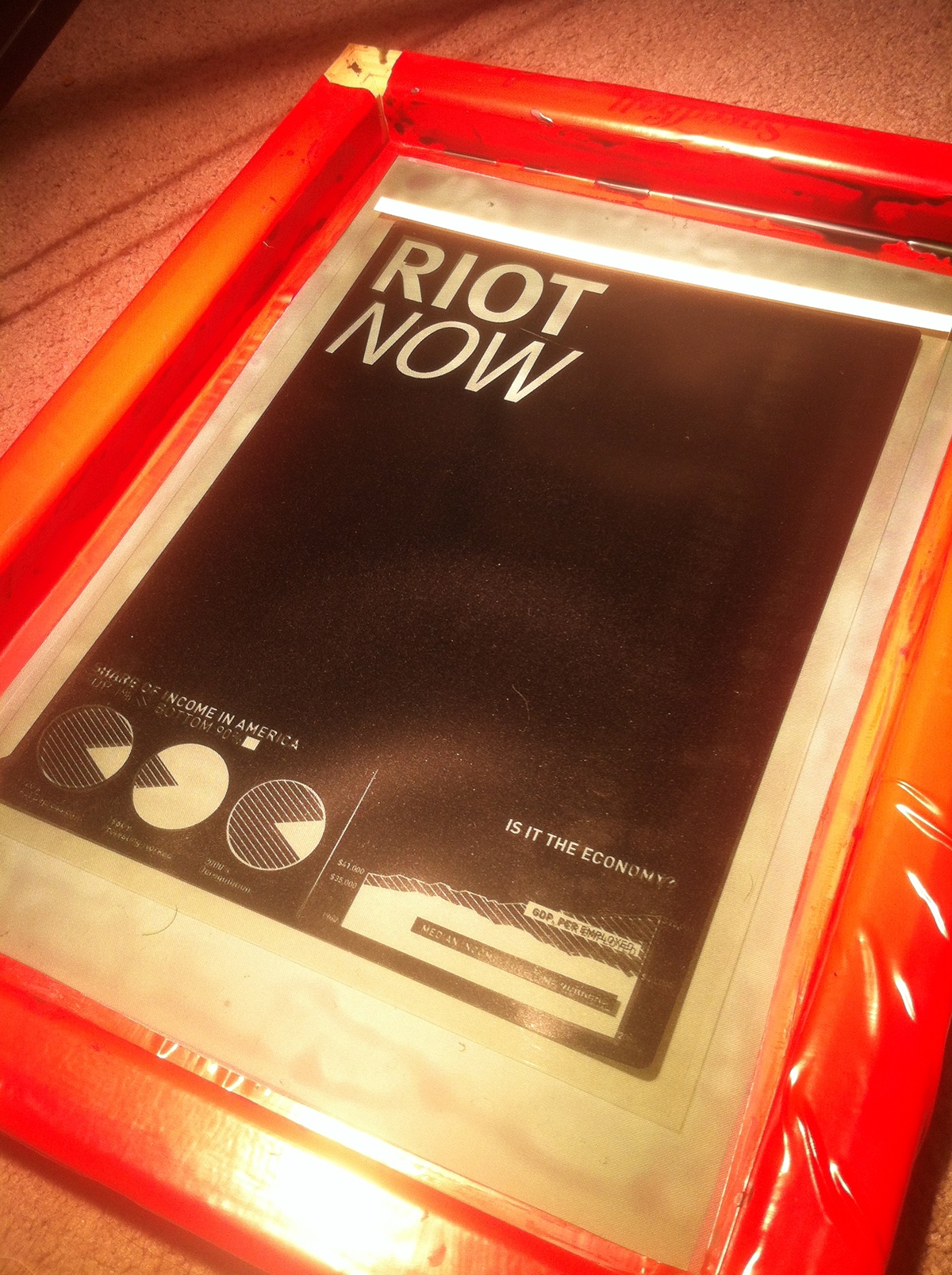Its often said that it is not what you say, but how you say it. When you want to change minds, tone matters.
Overcoming objections and obstacles is a big part of a designer’s life. Design often calls for change, and change can be hard, scary and if nothing else, work. Part of selling that change, is to convince someone that the rewards are worth the risk, the work.
We certainly seem to be in an age of cynicism and sarcasm. Setting out to change minds and advocate action in that environment calls for speaking to your audience, if the native language is biting, biting back might get a bit of attention.
Given the task of understanding and proposing an approach to solving a problem as vast as poverty, changing minds is crucial. Research concluded that reaching transitional age college and post college people with a message packaged inIn the case of social change, convincing a skeptical, sarcastic audience to act despite any and every excuse, reason and objection the human mind can come up with is no small feat. To reach out necessitates a range of media touch points and focused, on target messaging to be effective. Most people know poverty, hunger and violence against women are significant problems, and pass those posters by without a second thought.
Engaging someone trained to filter ads and emotional blackmail calls for a direct voice, honest, factual information that provides a clear relationship that makes a point quickly. Calling attention to problems is not enough, the problem must be clarified, the reader’s relationship to the problem shown and a clear solution proposed that can be enacted by your audience. By presenting your case in such clear terms you have reached out and given your audience a gift, a way they can change the world. It won’t be a poster that changes the world, but a reader.
Overcoming objections and obstacles is a big part of a designer’s life. Design often calls for change, and change can be hard, scary and if nothing else, work. Part of selling that change, is to convince someone that the rewards are worth the risk, the work.
We certainly seem to be in an age of cynicism and sarcasm. Setting out to change minds and advocate action in that environment calls for speaking to your audience, if the native language is biting, biting back might get a bit of attention.
Given the task of understanding and proposing an approach to solving a problem as vast as poverty, changing minds is crucial. Research concluded that reaching transitional age college and post college people with a message packaged inIn the case of social change, convincing a skeptical, sarcastic audience to act despite any and every excuse, reason and objection the human mind can come up with is no small feat. To reach out necessitates a range of media touch points and focused, on target messaging to be effective. Most people know poverty, hunger and violence against women are significant problems, and pass those posters by without a second thought.
Engaging someone trained to filter ads and emotional blackmail calls for a direct voice, honest, factual information that provides a clear relationship that makes a point quickly. Calling attention to problems is not enough, the problem must be clarified, the reader’s relationship to the problem shown and a clear solution proposed that can be enacted by your audience. By presenting your case in such clear terms you have reached out and given your audience a gift, a way they can change the world. It won’t be a poster that changes the world, but a reader.
One of the first steps was defining the parameters of our problem.
With the parameters defined group brainstorming broadened our understanding, revealed our assumptions and gave us something to start additional research.
Extensive individual research was combined to create a common understanding of the problem, contributing causes and existing solutions (both successful and not).
The process of researching poverty at several scales (Global, National, Regional, County, City) as a class, compiling that information and extracting root causes and effective solutions was daunting, but with a methodical process the separate groups were able to not only identify strong solutions, but also several local non-profits that we then approached to work with.



Evocative text treatment with minimalist, simple information for a loud whisper.

A family that works together stays together.

Egregious sarcasm, because sincerity is hard to take seriously sometimes.

Table of contents


Simplified information graphics are integrated throughout the piece. (all data cited)

Interior spread, the articles are color coded and run in parallel throughout the magazine, mirroring the multi input digital mode of media consumption rather than the traditional linear organization generally used by print.
Articles and information sharing a spread are chosen to compliment each other by providing different aspects of the same problem or story.
